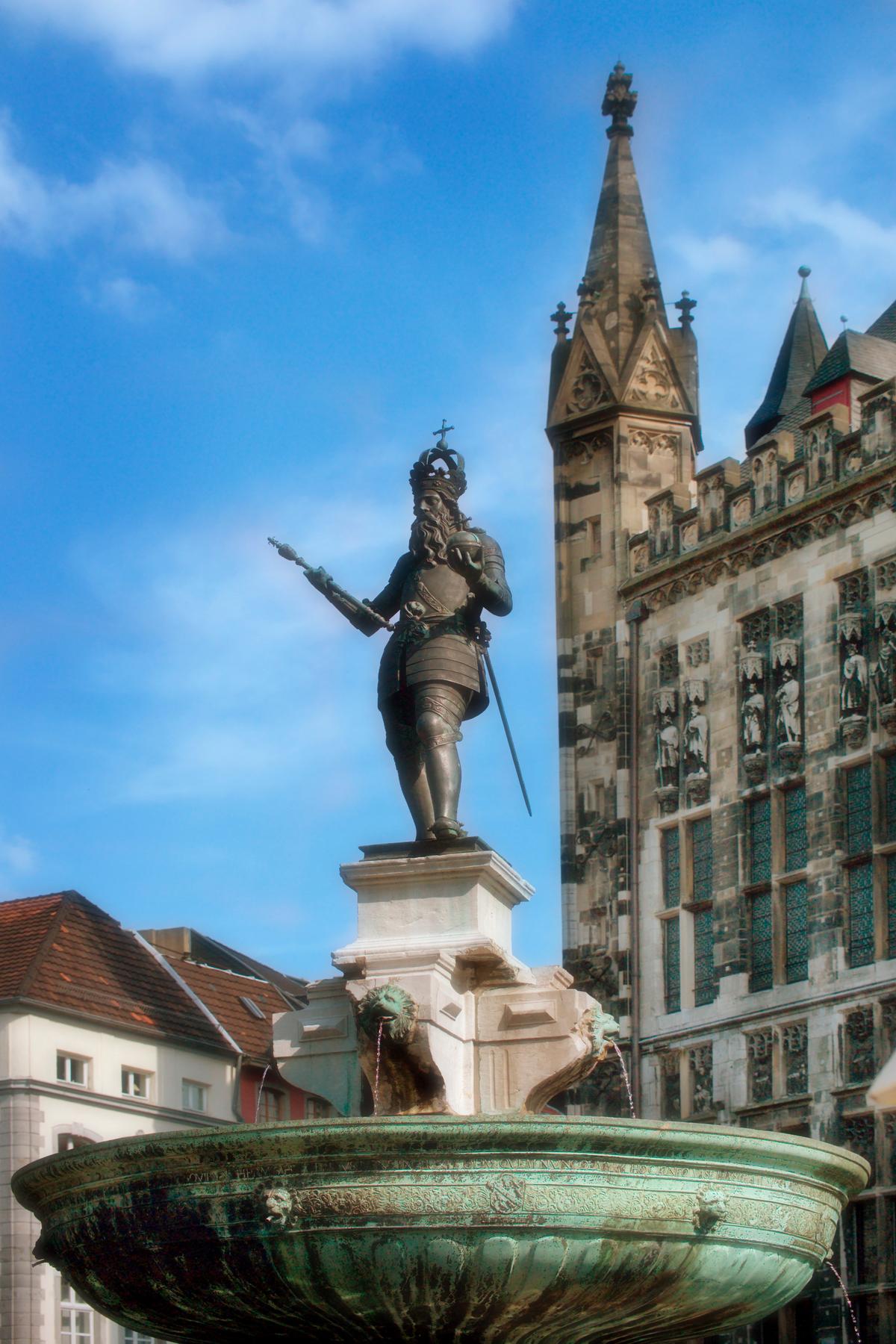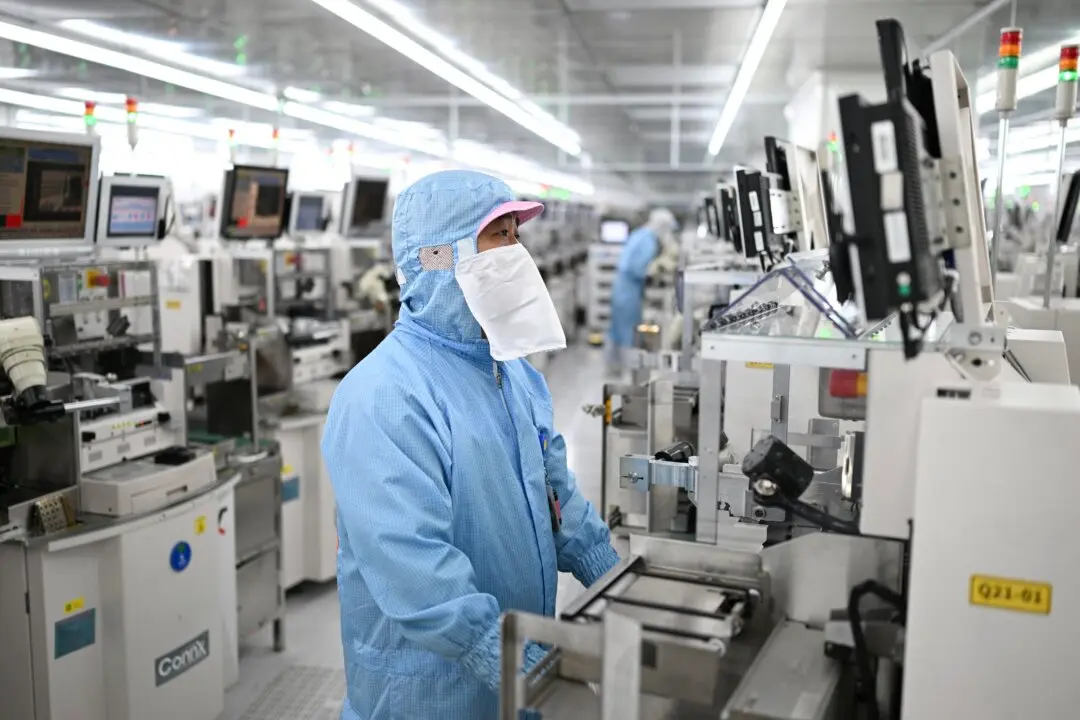AACHEN, Germany—If you take a look around Aachen, you'll see signs of Charlemagne everywhere. It may be a literal sign, his visage staring back at you, or some remnant of his influence in the very bones of the city.

A statue of Charlemagne in the city center. (Aachen Tourismus)






